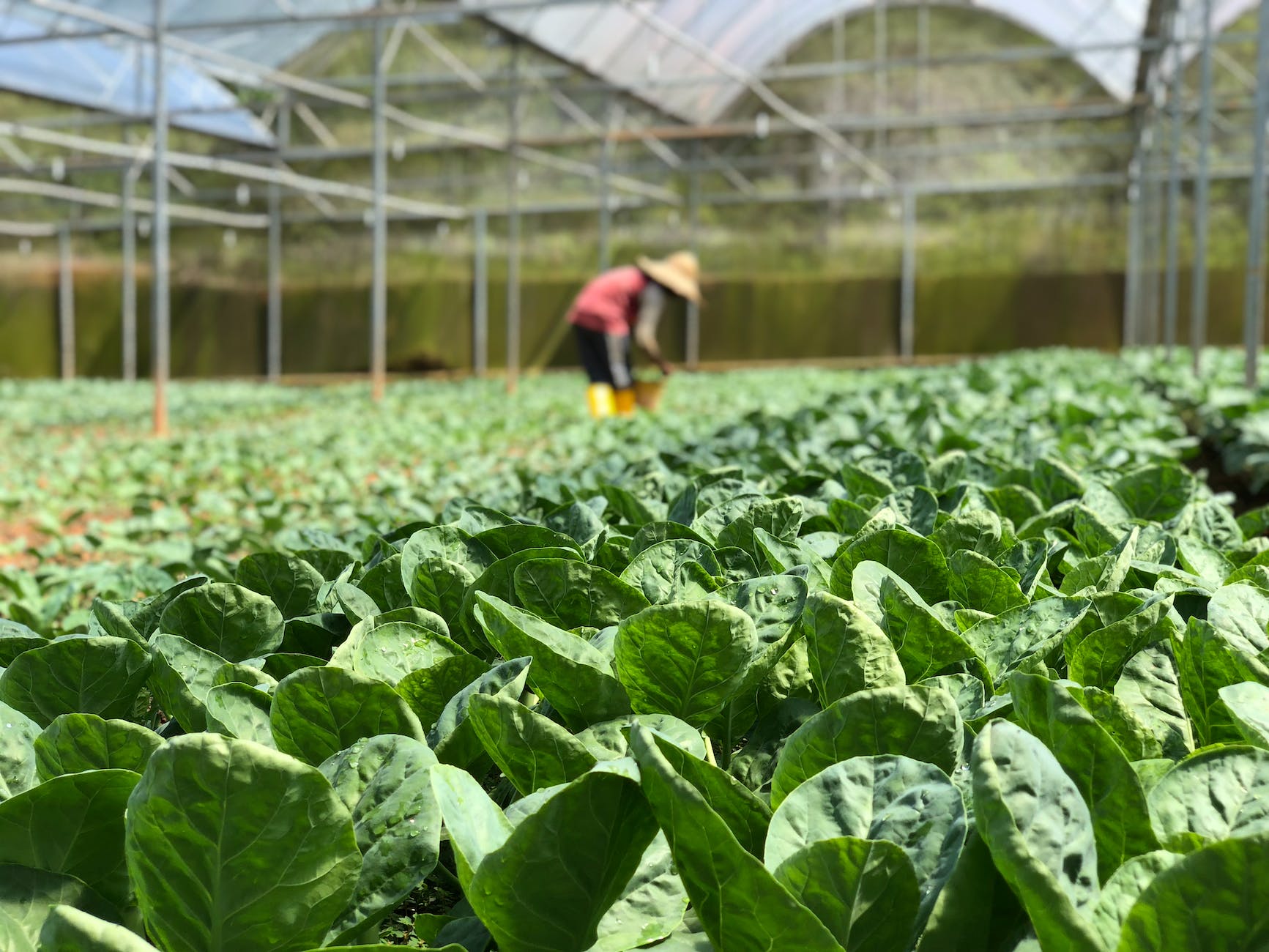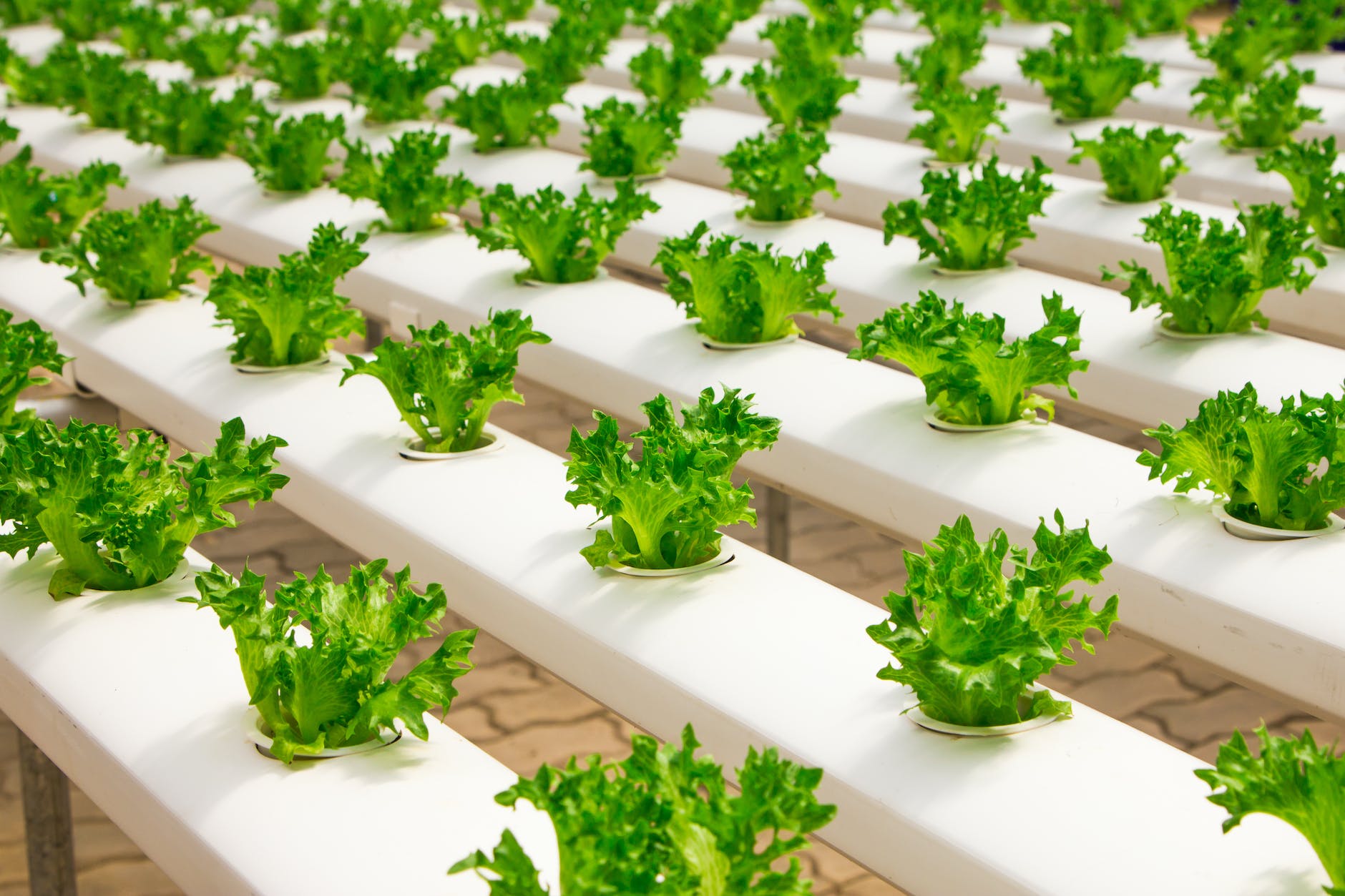In recent years, greenhouse farming has gained significant popularity in Kenya due to its numerous benefits and the potential for higher crop yields. This modern agricultural practice allows farmers to cultivate crops in a controlled environment, providing protection against adverse weather conditions and pests. If you are considering greenhouse farming in Kenya, there are several important factors you should take into account to ensure success. This article will guide you through the key aspects to consider when embarking on greenhouse farming.
Table of Contents
- Introduction to Greenhouse Farming
- Choosing the Right Greenhouse Structure
- Selecting Suitable Crops for Greenhouse Farming
- Climate and Environmental Factors
- Irrigation and Water Management
- Soil Quality and Fertilization
- Pest and Disease Management
- Automation and Technology Integration
- Financial Planning and Investment
- Market Analysis and Crop Selection
- Workforce Management
- Maintenance and Upkeep of the Greenhouse
- Regulatory and Legal Considerations
- Training and Education
- Conclusion
1. Introduction to Greenhouse Farming
Greenhouse farming involves the cultivation of plants within a controlled environment, typically enclosed by a transparent structure that allows sunlight to enter. This method provides the opportunity to create favorable growing conditions for various crops throughout the year, regardless of external weather conditions.
2. Choosing the Right Greenhouse Structure
Selecting the appropriate greenhouse structure is crucial for the success of your farming venture. Factors such as size, shape, materials, and ventilation systems should be considered. The choice of structure depends on the crops you plan to grow, the available land, and your budget.
3. Selecting Suitable Crops for Greenhouse Farming
Different crops have varying requirements in terms of temperature, humidity, and lighting. Research and identify the crops that are suitable for greenhouse farming in Kenya. Consider market demand, profitability, and your own expertise when making this decision.
4. Climate and Environmental Factors
Understanding the local climate and environmental conditions is essential for greenhouse farming. Analyze temperature variations, rainfall patterns, and wind speed in your area. This knowledge will help you create the optimal microclimate within the greenhouse.
5. Irrigation and Water Management
Efficient irrigation and water management systems are critical for greenhouse farming. Implement a reliable water supply system and ensure proper drainage to avoid waterlogging. Monitoring soil moisture levels and using water-saving techniques will help optimize water usage.
6. Soil Quality and Fertilization
Conduct a soil analysis to determine its composition and nutrient levels. Proper soil preparation and fertilization are necessary for healthy plant growth. Consider using organic fertilizers or implementing hydroponic systems for better control over nutrient supply.
7. Pest and Disease Management
Pests and diseases can wreak havoc on greenhouse crops. Develop an integrated pest management plan that includes preventive measures, biological controls, and safe pesticide use. Regular monitoring and early detection are key to minimizing damage.
8. Automation and Technology Integration
Incorporating automation and technology can streamline greenhouse operations and improve efficiency. Automated systems for temperature control, irrigation, and ventilation can reduce labor requirements and optimize resource usage.
9. Financial Planning and Investment
Prepare a detailed financial plan before starting your greenhouse farming venture. Consider the costs of land, greenhouse construction, equipment, seeds, labor, and ongoing maintenance. Secure funding or explore available grants and loans to support your investment.
10. Market Analysis and Crop Selection
Thoroughly research the market demand for greenhouse-grown crops. Identify potential buyers, assess competition, and choose crops that have a high market value. Diversify your crop selection to minimize risks associated with market fluctuations.
11. Workforce Management
Ensure you have a competent and well-trained workforce to manage daily operations. Proper training, scheduling, and supervision will contribute to the success of your greenhouse farming business. Provide ongoing education and skill development opportunities for your staff.
12. Maintenance and Upkeep of the Greenhouse
Regular maintenance and upkeep are necessary to keep the greenhouse in optimal condition. Cleanliness, ventilation, and structural integrity should be regularly assessed. Implement a maintenance schedule to address repairs and preventive measures.
13. Regulatory and Legal Considerations
Understand the regulatory requirements and legal obligations related to greenhouse farming in Kenya. Familiarize yourself with permits, licenses, and any specific regulations governing greenhouse operations. Comply with environmental and safety standards to avoid penalties.
14. Training and Education
Stay updated with the latest developments and advancements in greenhouse farming techniques. Attend workshops, seminars, and training programs to enhance your knowledge and skills. Networking with other greenhouse farmers can also provide valuable insights and support.
15. Conclusion
Embarking on greenhouse farming in Kenya offers tremendous potential for increased crop production and improved farm profitability. By considering the factors outlined in this article, you can make informed decisions and create a successful greenhouse farming operation. Remember to adapt your strategies based on your specific location, crop selection, and market conditions.
FAQs
1. How expensive is greenhouse farming in Kenya?
Greenhouse farming costs vary depending on the size of the structure, chosen crops, and required technology. It is essential to create a detailed financial plan to estimate the investment required.
2. Can any crop be grown in a greenhouse?
While many crops can be grown in a greenhouse, it is crucial to select crops that are suitable for the local climate, market demand, and profitability.
3. Are there any specific greenhouse regulations in Kenya?
Yes, greenhouse farming in Kenya is subject to specific regulations and legal requirements. Familiarize yourself with the relevant permits and licenses to ensure compliance.
4. How can I control pests and diseases in a greenhouse?
Implement an integrated pest management plan that includes preventive measures, biological controls, and appropriate pesticide use. Regular monitoring and early detection are essential.
5. Is training necessary for greenhouse farming?
Training and education are beneficial for greenhouse farmers to stay updated with the latest techniques, advancements, and best practices in the industry.
Get Access Now: https://bit.ly/J_Umma
In conclusion, greenhouse farming in Kenya requires careful consideration of various factors such as greenhouse structure, crop selection, climate, irrigation, pest management, and financial planning. By implementing best practices and staying informed about the latest developments, you can maximize the potential of greenhouse farming and enjoy the benefits of increased crop yields and profitability.










